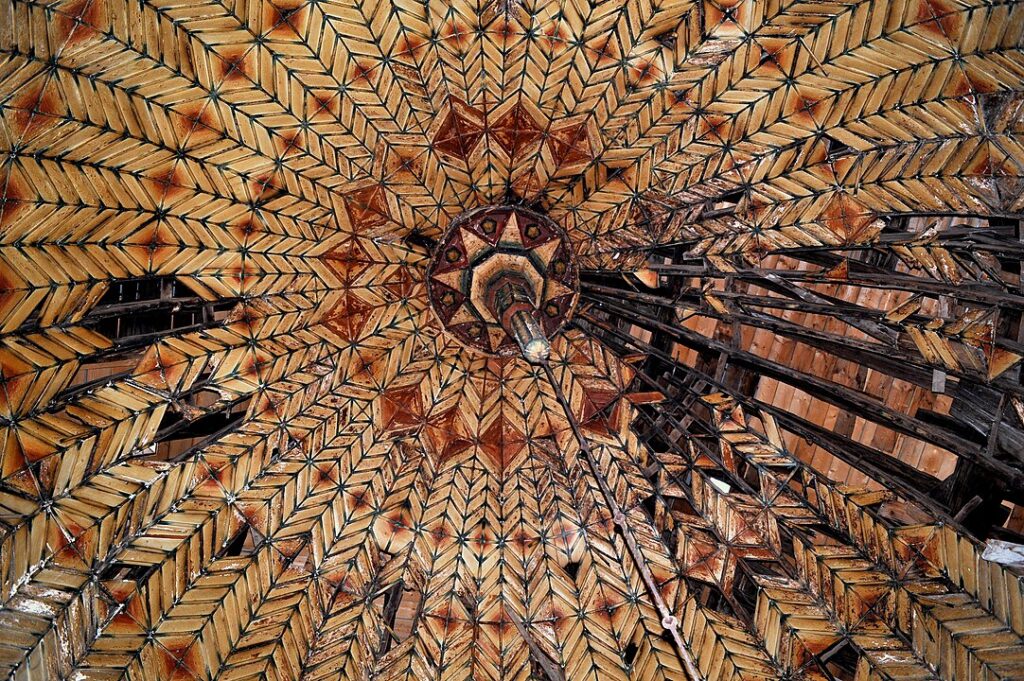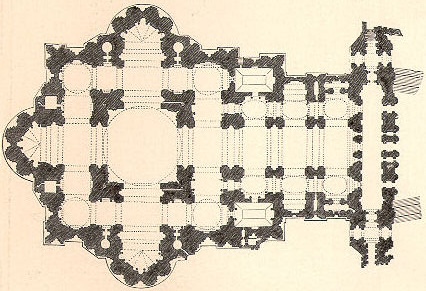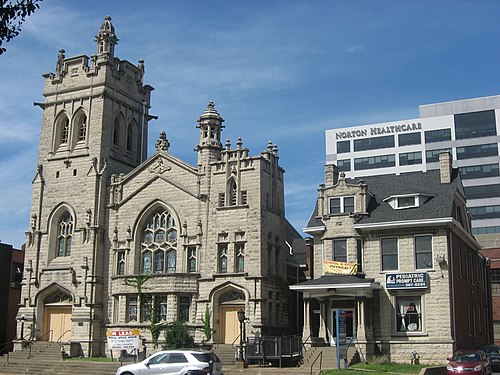Security and Safety Measures of Historic Places of Worship
The places of worship, a significant part of which are historically and artistically characterised, are exposed to risk of terrorist attacks and acts of religious intolerance. These attacks may be motivated by extremism, fundamentalism or other radical ideologies. Risks include lone wolf attacks (radicalised individuals who plan and carry out attacks alone) and weapons used (firearms, bladed weapons, ram vehicles and improvised explosive devices).
Such places are potential targets for extremists because they are powerful symbols and often lack adequate security measures. Their attractiveness as a target can depend on several factors as number of people attending religious services and symbolic value (religious significance, historical, cultural and social importance. Special events, religious holidays, presence of prominent figures, size of the place of worship can also be considered aspects to be assessed.
Vulnerabilities of places of worship
Vulnerability assessment is a key component of risk analysis for places of worship. This assessment helps identify the inherent weaknesses of a given place of worship and establish potential attack scenarios. Some things to consider when conducting a vulnerability assessment are:

- Access routes: Assess the creation of potential bottlenecks where vehicles or pedestrians concentrate, increasing the risk of explosive or firearm attacks (including drone attacks).
- Alternative routes: Identify the presence of alternative access/exit routes.
- Surrounding infrastructure: Analyze the surrounding road network and proximity to transportation infrastructure.
- Urban environment: Consider the surrounding urban environment and topography, such as residential areas, city centers, public spaces, and tall buildings from which a sniper could attack.
- Traffic: Assess the volume and type of traffic, including the possibility of access for large/heavy vehicles.
- Parking and transportation: Review the characteristics of access points, such as tunnels, shuttles and narrow streets, and the location of parking/transportation in relation to the place of worship (underground, unloading areas, etc.).
- Access control: Review entry/exit points, location of access controls (to prevent crowding), and effectiveness of control equipment (dynamic/passive protective barriers, CCTV, scanners).
- Crowd management: Assess maximum flow of people and redirection possibilities, presence of shelter from gunfire or vehicle attacks, and protective measures against drone attacks.
- Structural resilience: Consider the possibility of fragmentation or partial/progressive collapse after an IED attack, and the cascading structural effects on adjacent buildings.
- Safeguards: Ensure that security personnel are present, access controls (staff, visitors, vehicles) are in place, and screening procedures are in place to eliminate insider threats.
In the vulnerability assessment, loss of life, physical harm, damage to valuable religious artifacts, and long-term psychological trauma should be considered as potential consequences of an attack. Therefore, the assessment should also take into account the location of access controls, so that they do not cause crowding or shift the vulnerability to another location.
Main safety measures
Key security measures for places of worship include a combination of physical, communication and collaboration strategies. The aim is to anticipate, prevent, protect against and respond to acts of religious intolerance and violent radicalisation. Key measures con be considered:
- Risk assessment: Conduct threat, vulnerability and attack likelihood assessments. Consider the attractiveness of the place of worship as a target, the socio-political climate, existing security measures and history of previous attacks.
- Physical protection measures: Implement tailored protection measures that are well integrated into the design of the place of worship. These may include:
- Reinforced entrance doors.
- Security cameras and alarm systems with panic buttons.
- Bollards or barriers to intercept vehicle attacks.
- Access control for staff, visitors and vehicles.
- Communication and collaboration: Establish good communication between public authorities, law enforcement, religious institutions and faith community leaders. Religious leaders should be informed about the levels and types of threats, while law enforcement should be notified of special events or when increased protection is needed.
- Security plans and training: Develop security plans in collaboration between religious leaders, security practitioners and law enforcement. Conduct practical exercises on how to respond in the event of an attack, including evacuation plans.
- Awareness raising: Educate religious communities on how to spot threats, report suspicious behavior and recognize signs of potential attacks. Promote awareness campaigns such as “See Something, Say Something” or “Run-Hide-Tell.”
- Collaboration between religious communities: Promote the exchange of best practices and lessons learned among religious communities. Initiatives such as the “Declaration on Human Fraternity for World Peace and Living Together” and the agreement between the Muslim World League and the Appeal of Conscience Foundation are examples of such collaboration.
It is important to note that protective measures must be proportionate to the level of risk and must not affect the nature and purpose of the place of worship. The measures adopted and security plans must be reviewed and updated over time based on the specific threat assessment and risk analysis. The European Commission supports Member States and multi-faith organisations in protecting their places of worship by funding projects to improve security, promote cooperation and raise awareness.
Specific challenges for historic buildings
The specific problem of historic places of worship, as with other historic buildings, lies in the fact that certain security measures are more difficult to implement due to the nature and architecture. Moreover, places of worship are often considered heritage sites, so structural interventions or installation of security measures may be subject to approvals from religious or government authorities, making selection a delicate and complicated process. The most difficult measures to implement in historic buildings include:
- structural interventions. Modifications that could alter the appearance or integrity of the building, such as installing reinforced doors, external vehicle barriers or protection systems against drone attacks;
- installation of advanced security technologies. The integration of closed circuit television (CCTV) cameras, alarm systems and scanners could be problematic if they do not fit with the aesthetics of the building or require significant modifications to the structure;
- access control. Implementing access controls, such as creating checkpoints or installing barriers, could compromise the accessibility and openness of the place of worship, which are important elements of its function and cultural significance.
- structural resilience. Improving structural resilience to withstand explosions or vehicle attacks may require invasive interventions that damage the historic architecture.
Places of worship with historical features present the same problems as other buildings that are recognized as having historical value. Furthermore, the particular sensitivity of their nature makes it even more difficult to adopt the necessary safety measures to limit the effects of accidental events. In the risk assessment, however, malicious actions take on particular importance, with all the complexity of the measures to be adopted.





